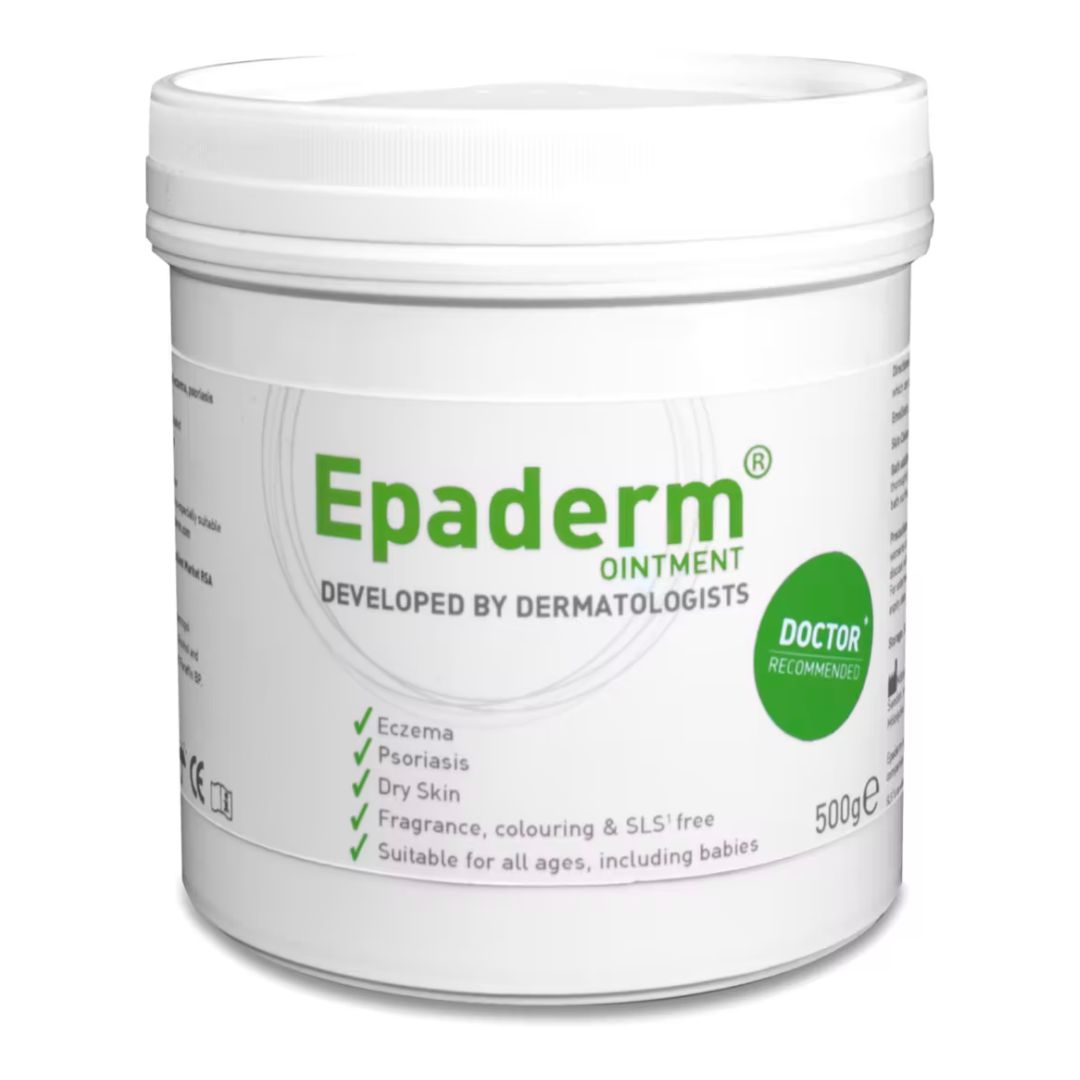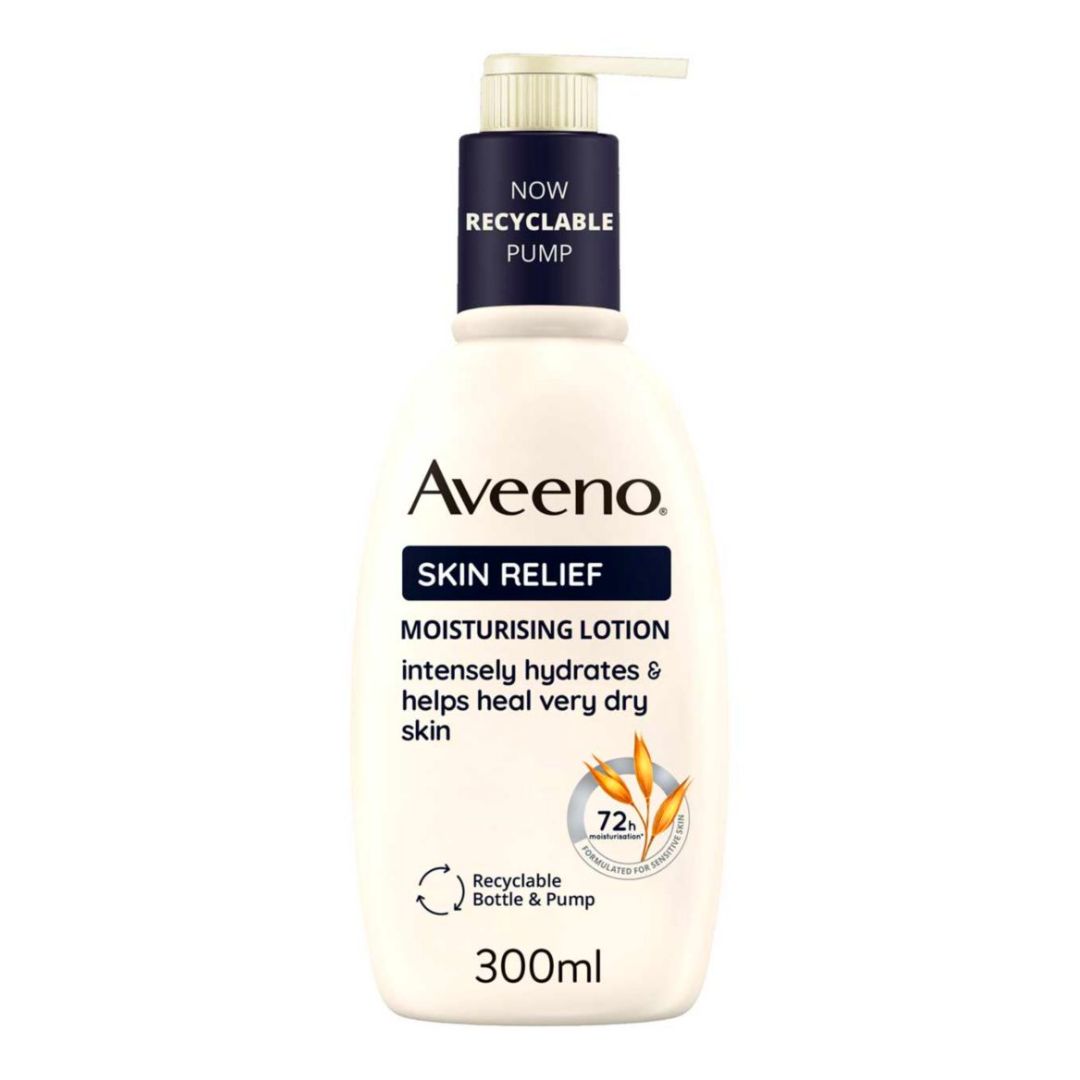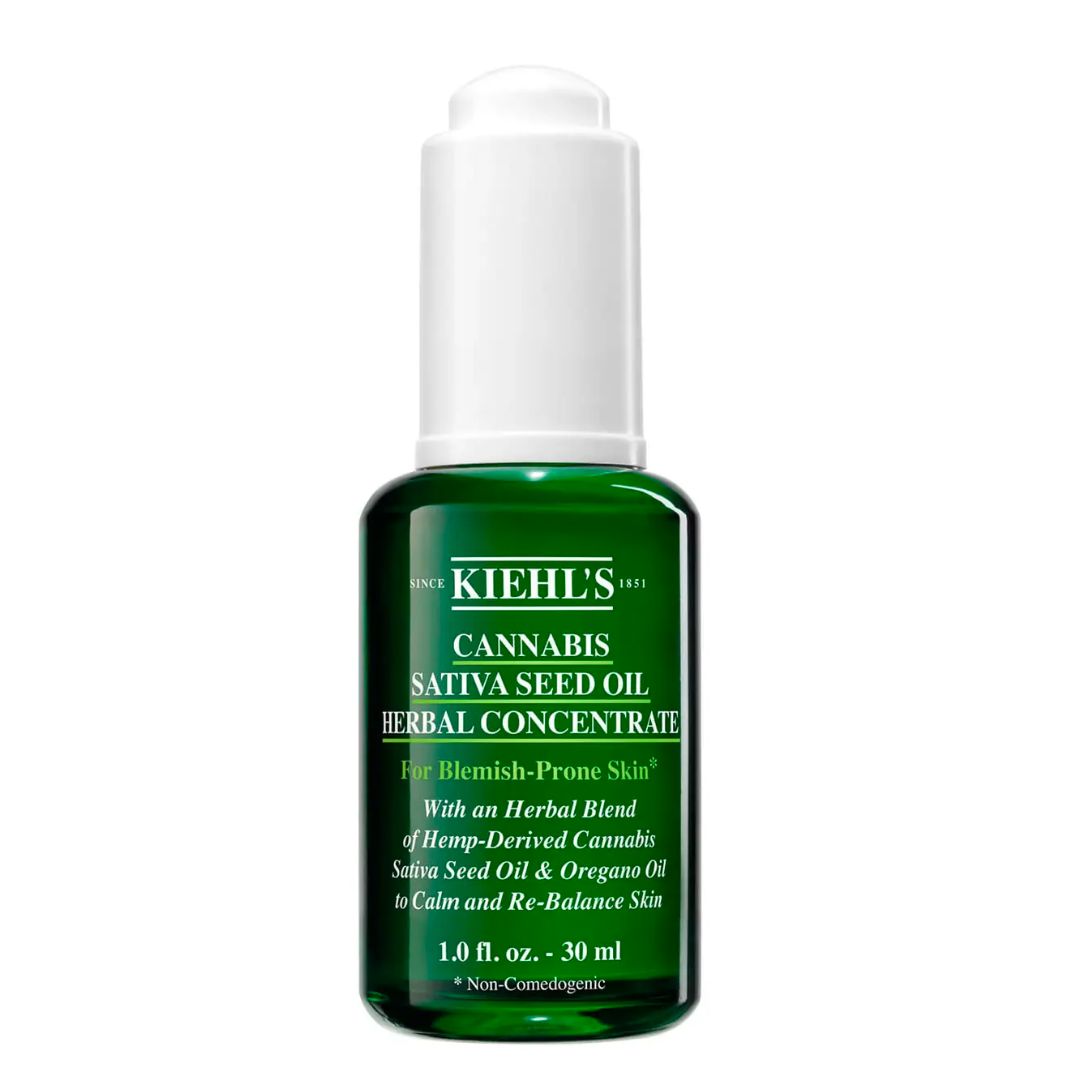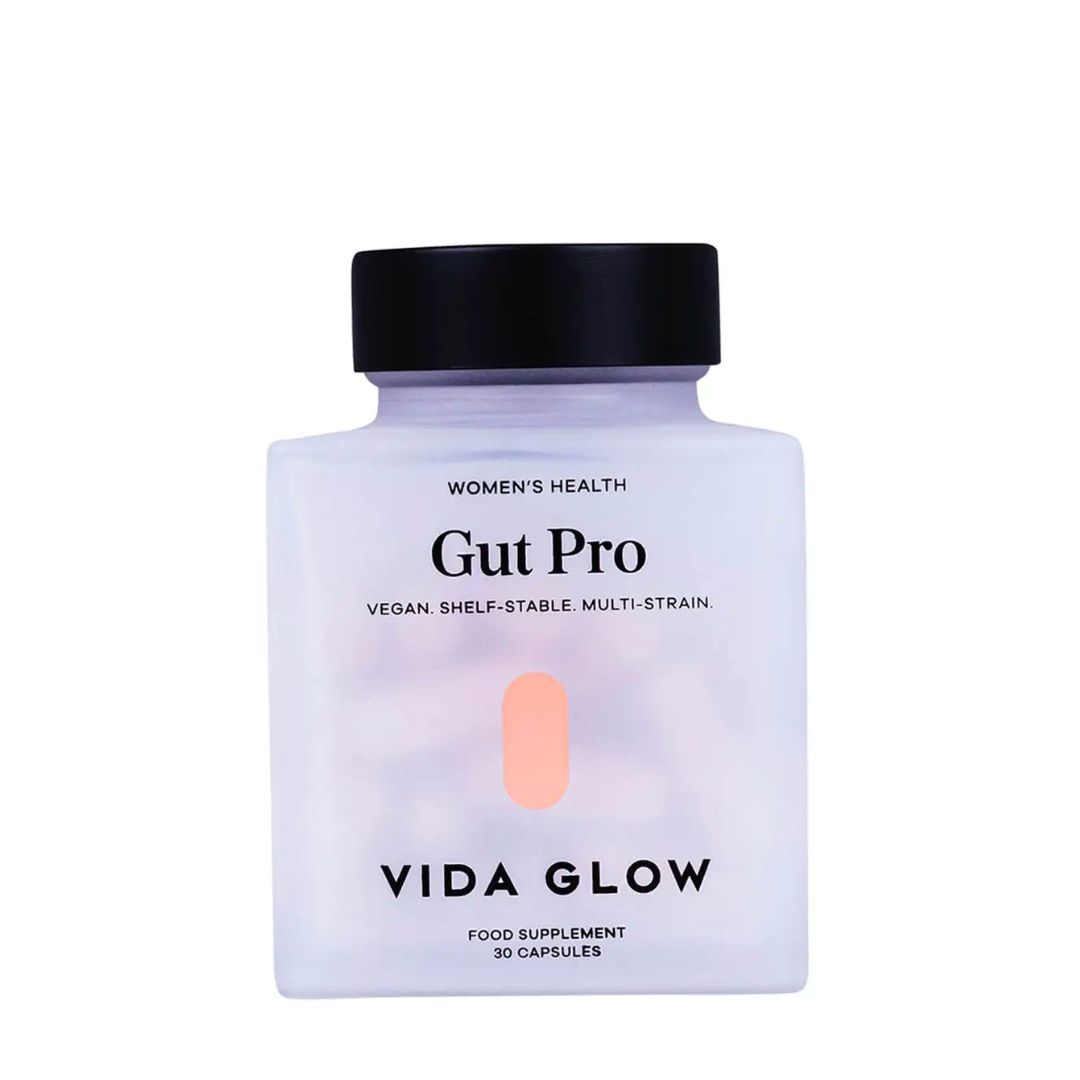I was diagnosed with psoriasis 10 years ago—here's what I want you to know
It’s more than ‘just’ dry skin
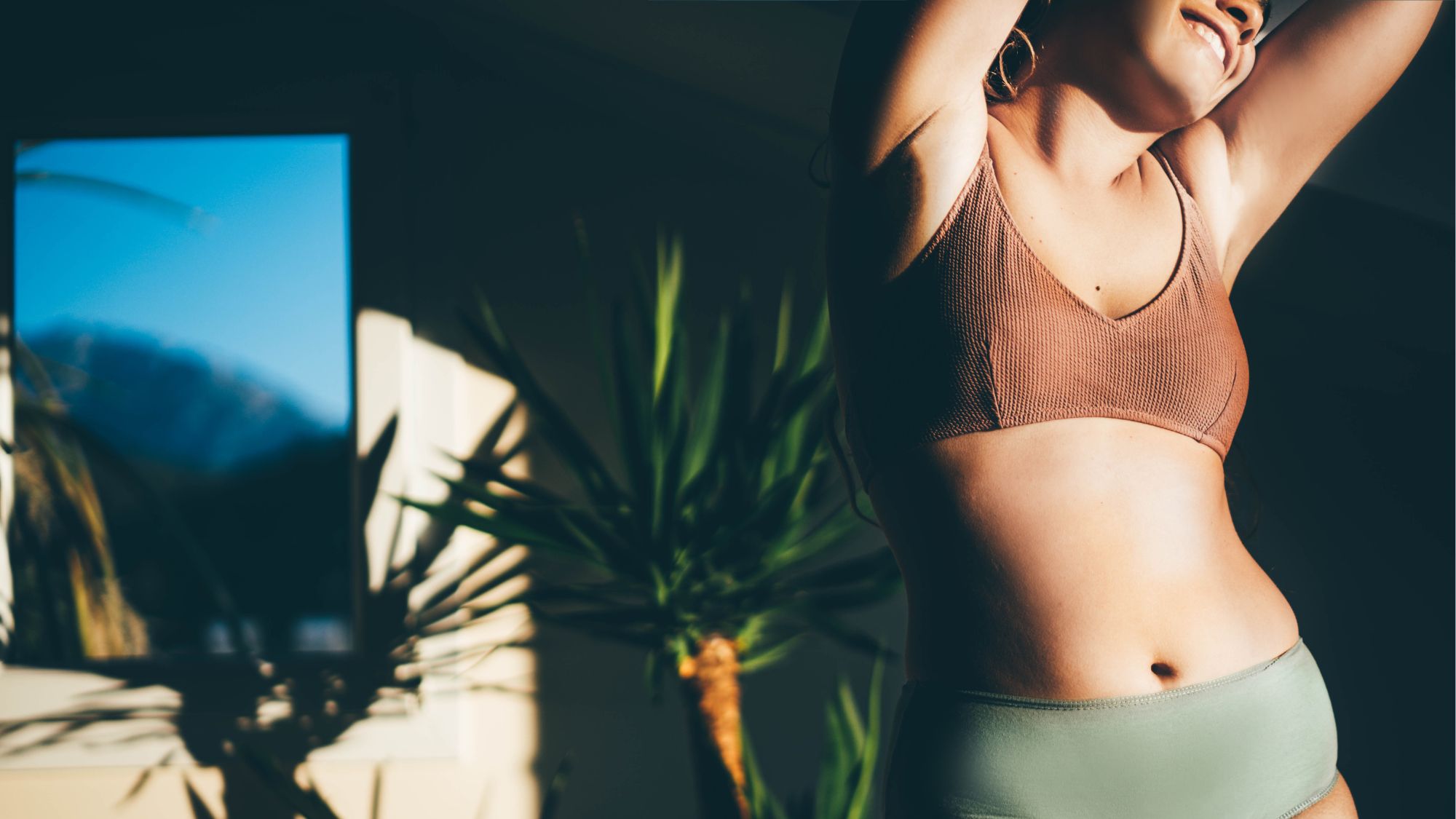

Ten years ago I was diagnosed with psoriasis. Overnight my skin-—which I rarely thought about—became the centre of my world. I became covered from my scalp to my ankles in angry, red sores. Over the decade that has followed, I’ve become somewhat of an expert on living the auto-immune disease.
So, along-side some advice from actual medical experts, here’s everything I think you should know about psoriasis. Whether you're looking for the best psoriasis treatment, best acne treatment or best eczema treatment, here at Marie Claire UK, we always recommending seeking medical guidance as a first port of call.
What is psoriasis?
Psoriasis is the second most common skin condition in the UK, affecting between 2% and 3% of the UK population (up to 1.8 million people). It's an autoimmune disease, meaning that part of the body's own immune system becomes overactive and attacks normal tissues. In this case, it causes the rapid buildup of your skin cells. This buildup of cells causes scaling on your skin’s surface.
“Even though the most obvious manifestations of the disease are in the skin, psoriasis is really an autoimmune condition,” explains Dr Catherine O’Neill, Chief Science Officer at AxisBiotix. “The turnover of our skin (i.e. loss of dead cells from the top surface and production of new cells from the inner layers) is tightly controlled by our immune system, but in psoriasis this goes wrong so there’s insufficient loss of dead cells from the surface and too many new skin cells produced. This leads to the scaly ‘plaques’ that are so characteristic of the disease.”
Psoriasis is linked to other autoimmune conditions, such as cardiovascular risk, inflammatory bowel disease and arthritis. Most commonly psoriatic arthritis, which is a type of arthritis that affects some people with the skin condition, and causes inflamed, swollen, and painful joints.
The severity of psoriasis varies greatly from person to person, for many it can be merely an annoyance (a small patch on the elbows, for example), for others like me, it is a condition that greatly affects quality of life.
What are the symptoms of psoriasis?
There are several different types of psoriasis, of which I’ve suffered with three— Guattate, plaque and erythrodermic. Each type of psoriasis has varying symptoms and appearances.
Celebrity news, beauty, fashion advice, and fascinating features, delivered straight to your inbox!
Plaque psoriasis
“The most common is chronic plaque psoriasis which appears as red, scaly, well defined silvery white plaques that appear on knees and elbows,” says Dr O’Neill.
On brown and black skin the patches can also look purple or dark brown, and the scales may look grey. Plaques normally appear on your elbows, knees, scalp and lower back, but can appear anywhere on your body. They can be itchy or sore, or both, and often bleed.
Guttate psoriasis
“Guttate is often triggered by streptococcal infection and is characterised by acute onset of small, red plaques,” notes Dr O’Neill. “The patches can come on suddenly and disappear more quickly than other forms of psoriasis, typically in a few weeks without medical assistance.”
Inverse psoriasis
Between 21-30 percent of people living with psoriasis develop inverse psoriasis (also known as intertriginous), which affects areas where skin folds come into contact (armpits, breasts, groin). It can appear as bright red lesions in body folds, and may look smooth and shiny.
Pustular psoriasis
“This is characterised by redness and small pustules affecting the hands and feet,” says Dr O’Neill. “ It is one of the more rare and severe forms of psoriasis that can make going about everyday tasks much more difficult due to the additional symptoms, including itching, fever, chills, nausea and joint stiffness.”
Erythrodermic psoriasis
Erythrodermic psoriasis is rare, and causes a red rash to form over most of your body. The rash resembles a burn and can be as dangerous as one, causing chills, fever and dehydration. It can be triggered by a bad sunburn incident or starting/stopping certain medications. Erythrodermic psoriasis requires emergency treatment.
I suffered from it once, in 2020, after a holiday in New Zealand which coincided with me coming off a medication called Methotrexate, which I had been prescribed to help with my psoriasis but had become unwell after taking it.
What causes psoriasis?
It is not known what causes psoriasis, but there are many triggers which seem to bring about ‘flare ups’.
Dr Ross Perry, GP and Medical Director of Cosmedics skin clinics, tells Marie Claire UK that stress can trigger psoriasis: “Try to keep stress levels to a minimum. Meditate, exercise, unwind, do yoga and try to switch off as much as possible.” He also notes a throat infection or other immune disorders, unhealthy lifestyle and hormonal changes as possible triggers.
For many psoriasis sufferers, winter months are the hardest. “It can be hard to handle, especially in children with many over the counter products having little or no effect. The combination of dry air, central heating, decreased sunlight exposure, and colder temperatures can all contribute to winter psoriasis,” says Dr Perry.
Dr O’Neill explains that psoriasis is a condition associated with the immune system producing too many chemicals and so one of the strongest factors influencing this is genetics, explaining that, “Scientists now know of several genes that are associated with the condition.” However, environmental factors usually trigger the disease initially. “One of the most common is psychological stress. For example, many sufferers first manifest the disease following a highly stressful life event such as a bereavement. However, there are also other triggers that can induce flares of the disease such as certain medication and infections and even injury to the skin.”
Psoriasis runs in my family, but as Dr O’Neill suggests, my first flare up happened during a period of personal stress and change.
What are the best treatments for psoriasis?
There are a lot of lifestyle changes and treatments doctors can suggest, but there are no ‘cures’ for psoriasis as of yet. I went vegan, cut out alcohol, stopped eating deadly nightshades, tried to manage my stress better, took up yoga, all to no avail. For some of us with severe psoriasis, medication is the best route forward.
There is a range of treatments for psoriasis depending on type and severity, ranging from emollients and steroids, phototherapy and immunosuppressants. Currently, I take a biologic treatment called adalimumab, in the form of a bi-weekly injection. Previously, I have had rounds of phototherapy, tried many emollient and steroid creams, and multiple immunosuppressants; the biologic treatment is the first to have successfully treated my psoriasis, and has been working for several years now. However, it's important to note each individual's treatment of psoriasis will be different.
For managing psoriasis, Dr Perry has an array of advice. "Apply moisturiser liberally and use frequently throughout the day. A home humidifier may help alleviate some of the symptoms. Wear soft layers to avoid irritating the skin and keep hydrated by drinking plenty of water. Choose soothing baths over hot showers as long showers in hot water remove moisture from your skin—better to shower in warm water just long enough to soap up and rinse off,” he says. “Soak in Epsom salts, or dead sea salts in a warm bath for around 15 minutes to slough off scales, soothe itching and unwind. Apply moisturising cream or lotion right after to lock the water in. Try and exercise when the weather is okay to get some vitamin D. Also getting coughs and colds often makes conditions such as psoriasis worse due to the stress it puts on the body, so try and avoid where possible.”
My psoriasis-soothing product picks
Sadly, there are no ‘miracle’ products out there. Any that claim to be, are probably lying. As a beauty expert, and someone who personally suffers with psoriasis, I’ve found a handful of products that help to soothe my psoriasis. These are not treatments, but hopefully they provide some relief.
1. Epaderm Ointment
2. Aveeno Skin Relief Moisturising Relief
3. Kiehl's Cannabis Sativa Seed Oil Herbal Concentrate
4. Vida Glow Women’s Health Gut Pro
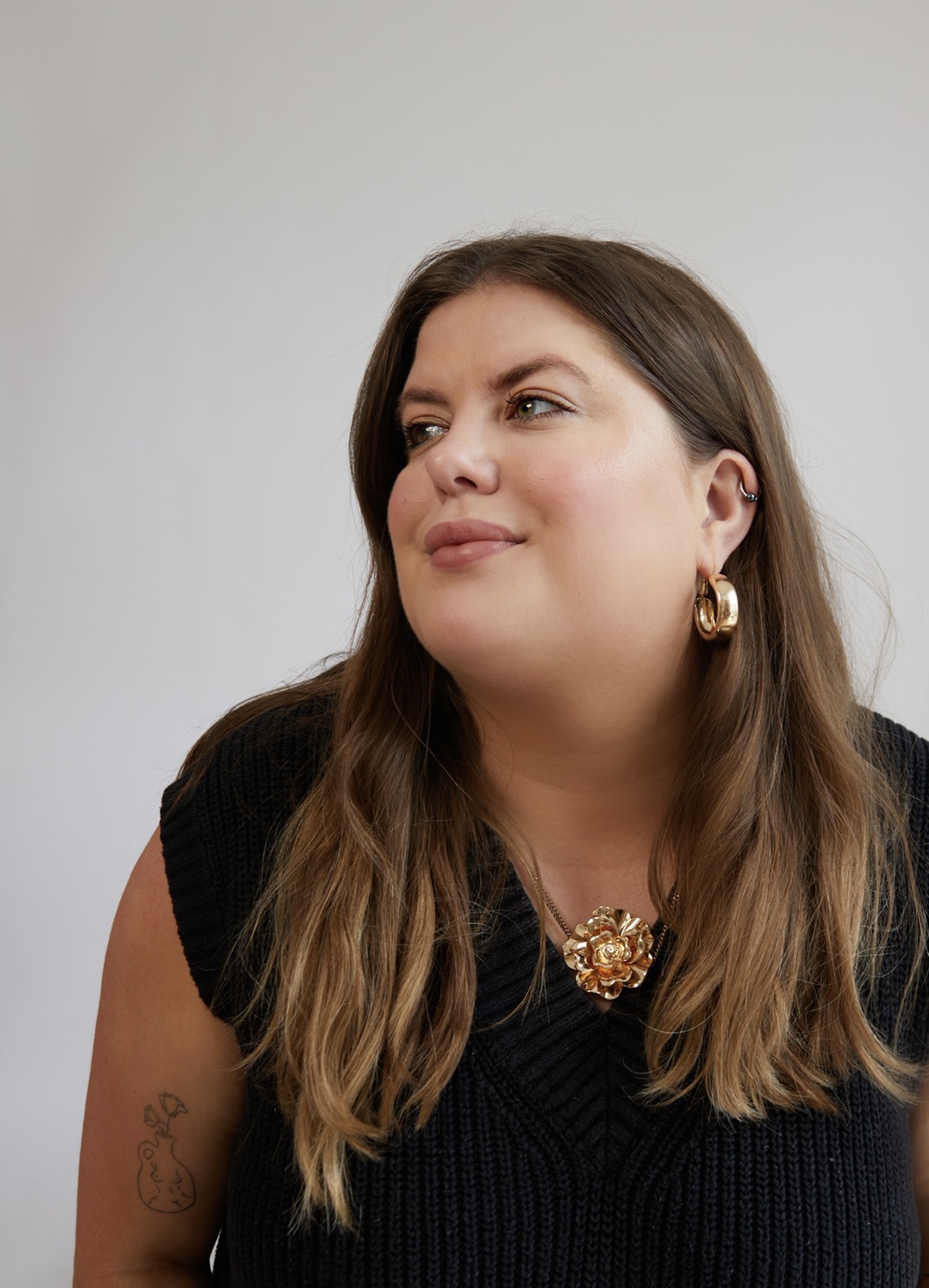
Chloe is a London-based freelance journalist and poet, who specialises in gender equality, beauty, and culture. She is a contributing editor at Glamour, and has written for the likes of Dazed, Refinery29, Vogue, Cosmopolitan, Vice, and many more. In 2017, she founded the feminist platform FGRLS CLUB.
